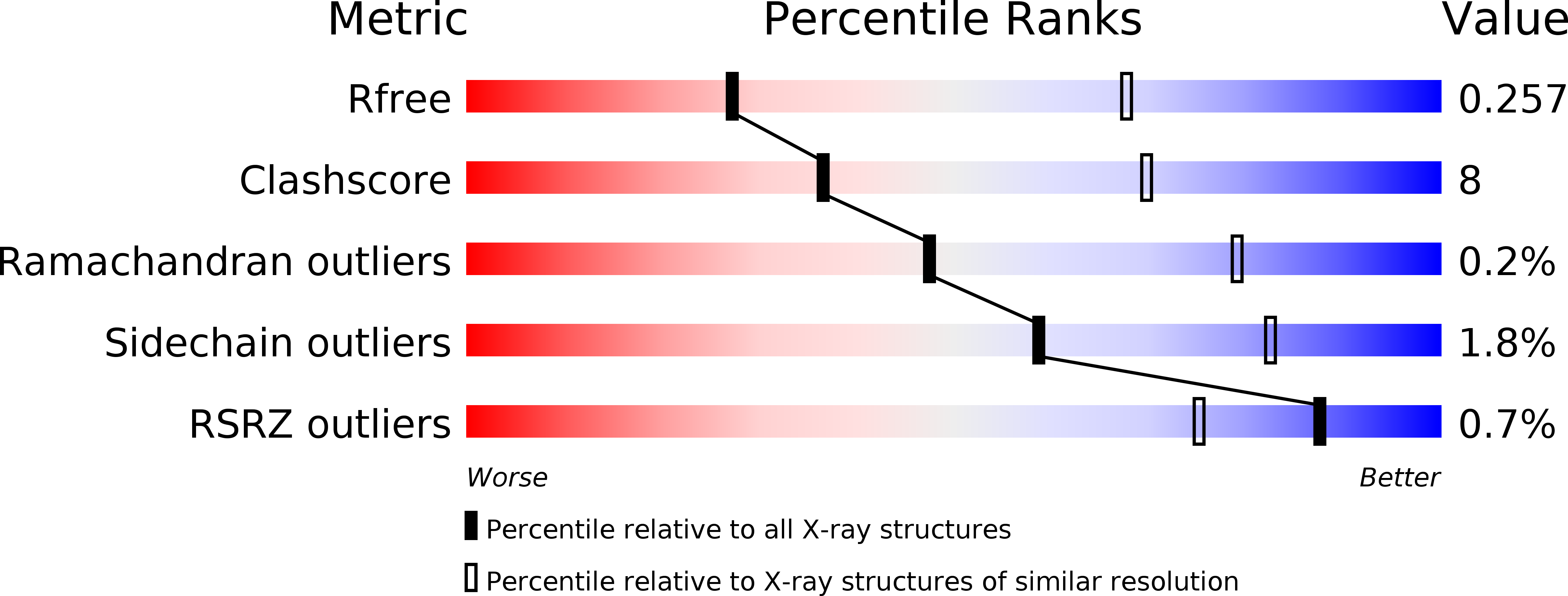
Deposition Date
2014-11-06
Release Date
2015-12-02
Last Version Date
2023-12-27
Method Details:
Experimental Method:
Resolution:
3.10 Å
R-Value Free:
0.23
R-Value Work:
0.20
R-Value Observed:
0.20
Space Group:
P 43


